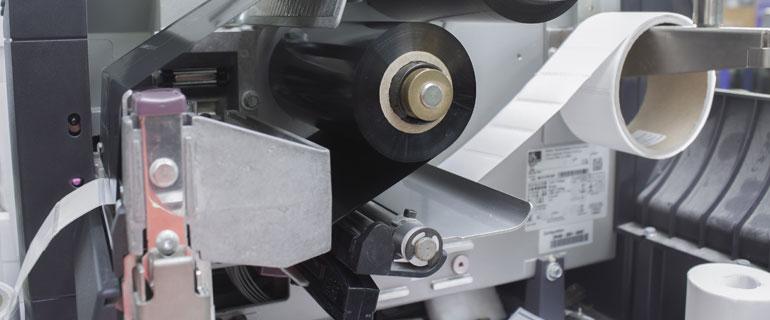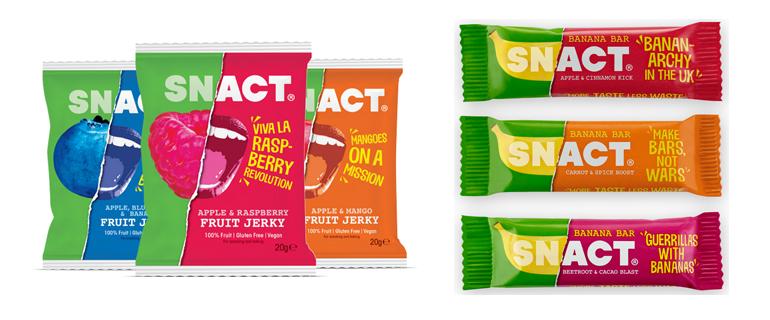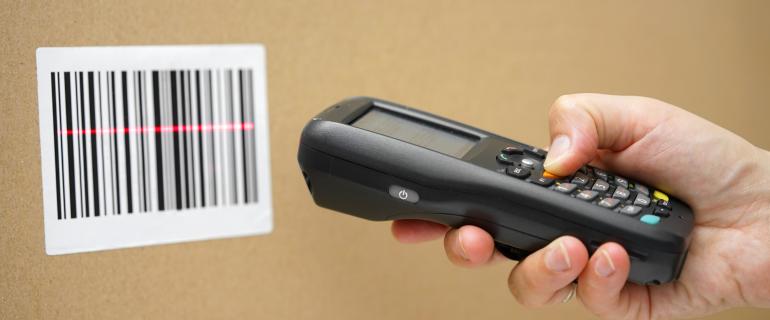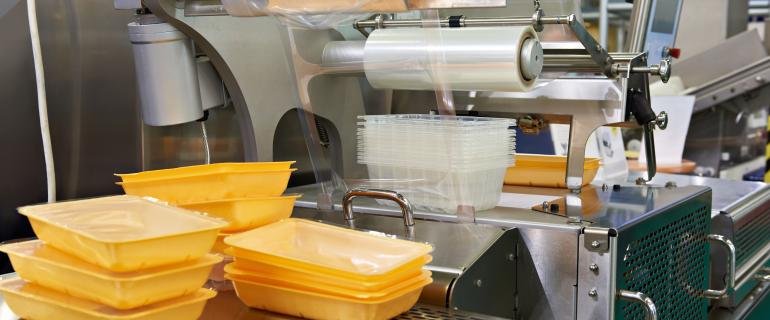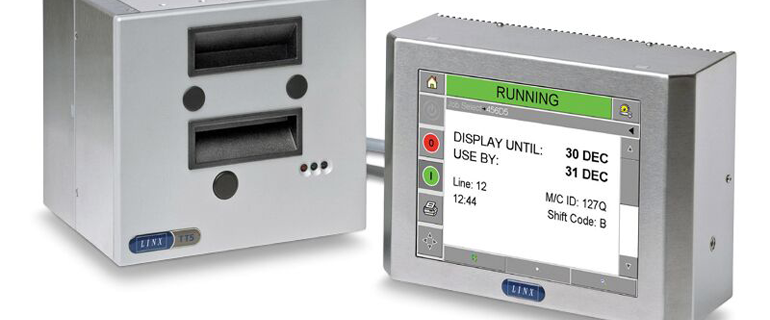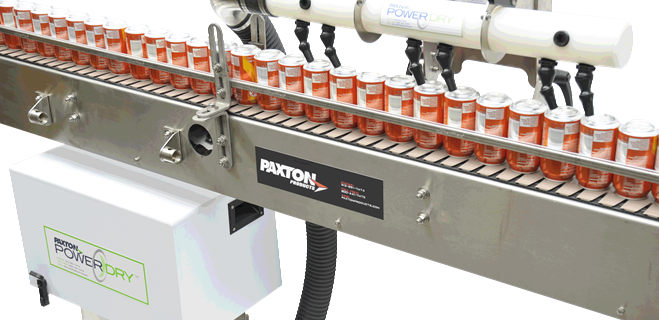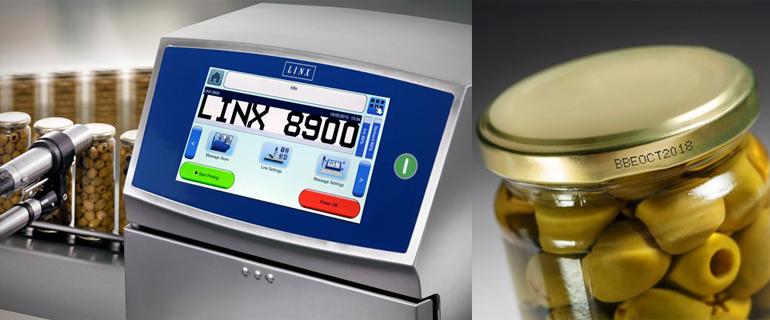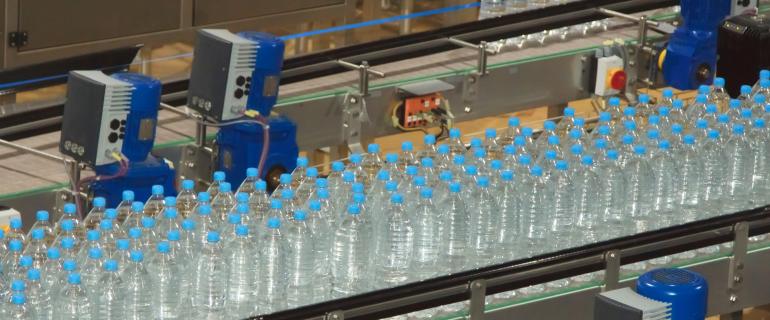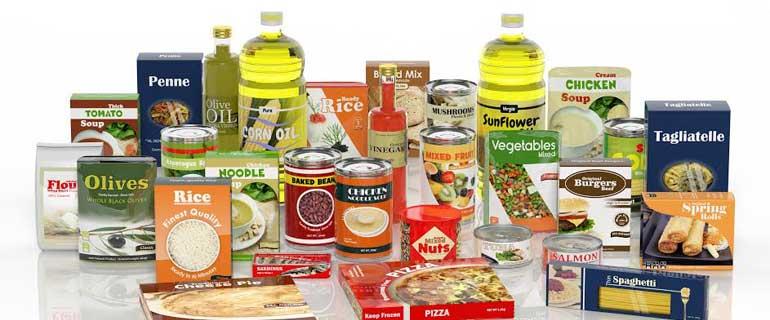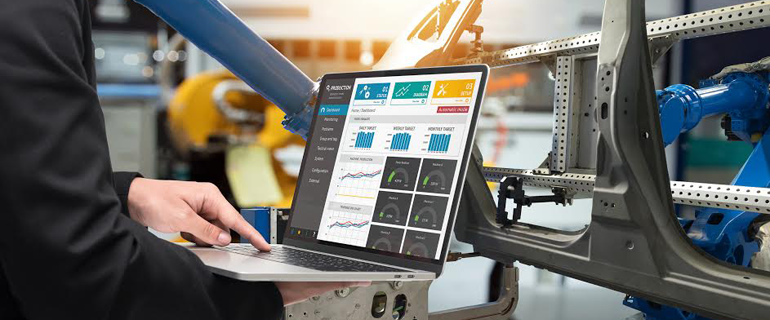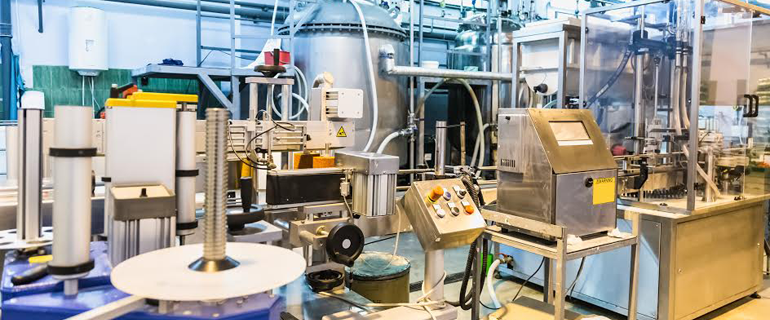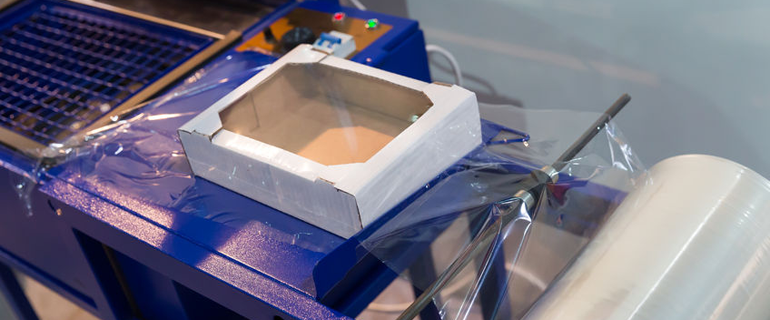Four Benefits Table Top Label Printers Can Bring Your Industrial Operation
Having your own tabletop industrial label printer can dramatically upgrade your packaging, manufacturing, distribution, or logistics operation. Tabletop label printers are versatile, cost-effective, and give your operation the autonomy to have greater control over its processes.
Tabletop label printers are perfect for tracking complex supply chains or adding an extra layer of organization to your shipping or logistics departments. They can also help you track individual orders more capably, upgrading your abilities to handle special orders for blue chip clients.
Tabletop label printing machines have many benefits worth investigating, so consider the following four in-depth reasons below to get the full picture of the value tabletop printing can offer.

